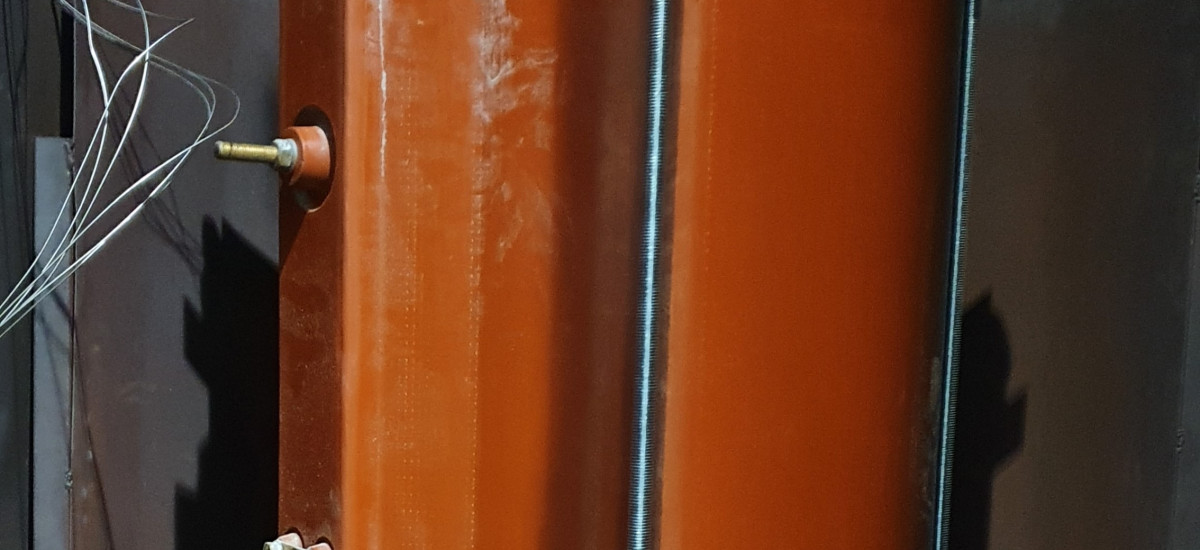20/7/2022
Because of the emergence of alternative energy sources such as wind energy, a lot of new technology has come on to the market in recent years. Transformers, for example, which convert the voltage in wind turbines to the right level for the distribution of the electricity. Before those transformers can be put on the market, they have to comply with all the strict European directives, including fire classes (in accordance with IEC 60076-11).
Since 2015 Efectis, at the request of DNV GL/Kema, has been carrying out tests for producers of these dry-type transformers to determine whether their product meets the required fire classification standards. To that end, fire tests are performed regularly on high-voltage and low-voltage transformers (HV/LV).
In these fire tests Efectis studies what contribution the materials used in the transformer make to the fire. That contribution has to remain within specific limits if the product is to pass the test and thereby to be admitted to the market.
Accredited transformer test
As an accredited inspection body for electronic devices, DNV GL/Kema commissions Efectis to perform these fire tests. “We are one of only two organisations in Europe that can carry out these fire tests. As we cannot yet perform an accredited transformer test, every test for an official fire Electronic devices certification body. A DNV GL/Kema project leader attended the fire tests.
Efectis is now preparing an application for extension of test accreditation scope, which will be submitted to the Dutch Accreditation Council. This will allow us performing the tests in accreditation scope that will allow DNV GL/Kema to simplify their process and to be able to include our test report directly in the KEMA certification for a transformer.”
Special test chamber
The fire test is performed on part of a whole transformer: a complete phase of a transformer, comprising HV and LV windings, a core and insulation components, without the housing. In a special test chamber according to IEC 60332-3-10, the transformer is subjected to two heat sources, namely an electric radiant heating panel and a burner tray with burning ethanol.
By measuring the temperature rise of the flue gases as a result of the ignition of the transformer that is subjected to fire and radiant heat, it can be determined whether the transformer meets the fire standard criteria. Smoke density of the flue gases produced can also be determined.
Fixed air flow
During the transformer test the following measurements are taken, in addition to the flue gas temperatures: the light transmission, the air flow rate and – optionally – the flow of flue gas (and other gases) in the flue.
The test is performed with a fixed or variable air flow (mechanical or natural ventilation). In the case of mechanical ventilation a fixed air flow rate of 750 m³/h is supplied. In the case of natural ventilation the air flow rate is calibrated before each test, given the changing ambient parameters.
The criteria for evaluating the measurement data have been chosen so as to ensure that the maximum volume of energy released during the fire is examined, as well as whether the fire extinguishes itself. This is done by means of temperature criteria at several moments in the test. The transformer must satisfy all these criteria.
For more information, please contact: arjo.lock@efectis.com of ad.zwinkels@efectis.com

